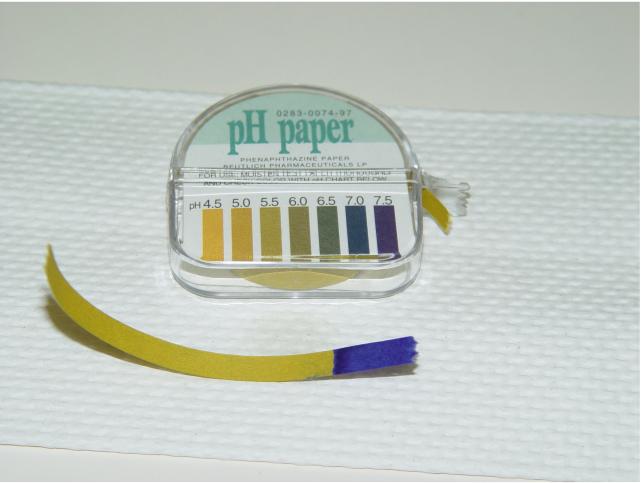

The authors show that AF-EVs contain a cargo of microRNAs (miRNAs) and proteins that modulate inflammation and oxidative stress, key contributors to BPD pathogenesis.

Furthermore, the authors hypothesized that AF-EVs are enriched with nucleotides and proteins that are anti-inflammatory and lung-protective. Here the authors aimed to demonstrate that AF is a rich source of therapeutic EVs that can be used as a novel treatment for BPD. To date, characterization of the AF-EV fraction and its regenerative potential has not been fully explored. AF is derived from the intrauterine environment and contains perinatal secreted nutrients, cytokines and growth factors, which support fetal development and maturation. Amniotic fluid (AF) is an example of an easily obtainable biological fluid that is known to contain EVs. The collection of EV-rich biological fluids may supersede the need to manufacture in vitro cultured EV products and may surpass associated challenges. Therefore, EV-based therapies have gained traction as the newest generation of cell-derived biologic therapeutics.ĮVs can be sourced from in vitro cell-conditioned media or from biological fluids for use as a therapeutic agent. In recent years, research has revealed that the beneficial effects of transplanted stem cells are mainly paracrine-mediated via the release of extracellular vesicles (EVs) such as exosomes. However, effective cell therapies have been slow to enter the clinic as a result of a number of logistical challenges, such as cell delivery, cell survival and reproducible large-scale manufacturing. Stem cell and other cell-based therapies have become increasingly popular as new interventions for BPD. Early treatment interventions are critical to mitigate the long-term morbidities of BPD. Infants with BPD are also at greater risk of viral infections, recurrent hospitalizations, longer hospital stays, poor growth, cerebral palsy and long-term cardiopulmonary morbidities. The disease is characterized by an arrest of alveolar development, abnormal pulmonary vascular growth, excessively remodeled pulmonary vessels and, in the most severe cases, pulmonary hypertension (PH) and right heart failure. BPD (or chronic lung disease of prematurity) affects one in every three extreme pre-term infants, with an increasing incidence in the past 10 years. Lifesaving interventions like early surfactant therapy have reduced neonatal mortality, but perinatal stressors and suboptimal endogenous reparative responses have resulted in a myriad of complications, the most common of which is bronchopulmonary dysplasia (BPD). Even more concerning is that almost 50 000 infants are born every year at less than 28 weeks’ gestational age (extreme pre-term birth). According to the Centers for Disease Control and Prevention, the prematurity rate has worsened for the fourth consecutive year in the USA, and pre-term complications are the main contributor to infant mortality. Over 15 million babies are born prematurely (<37 weeks’ gestational age) every year, accounting for 6–14% of births worldwide.


 0 kommentar(er)
0 kommentar(er)
